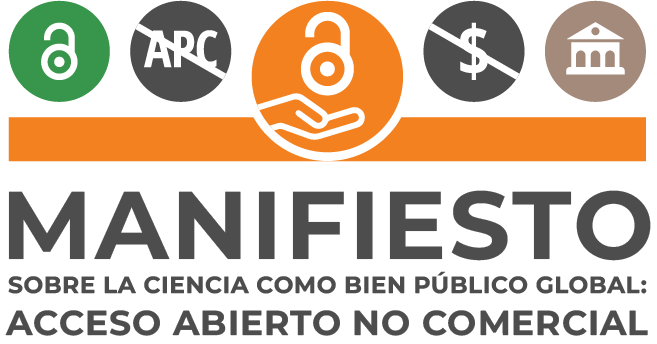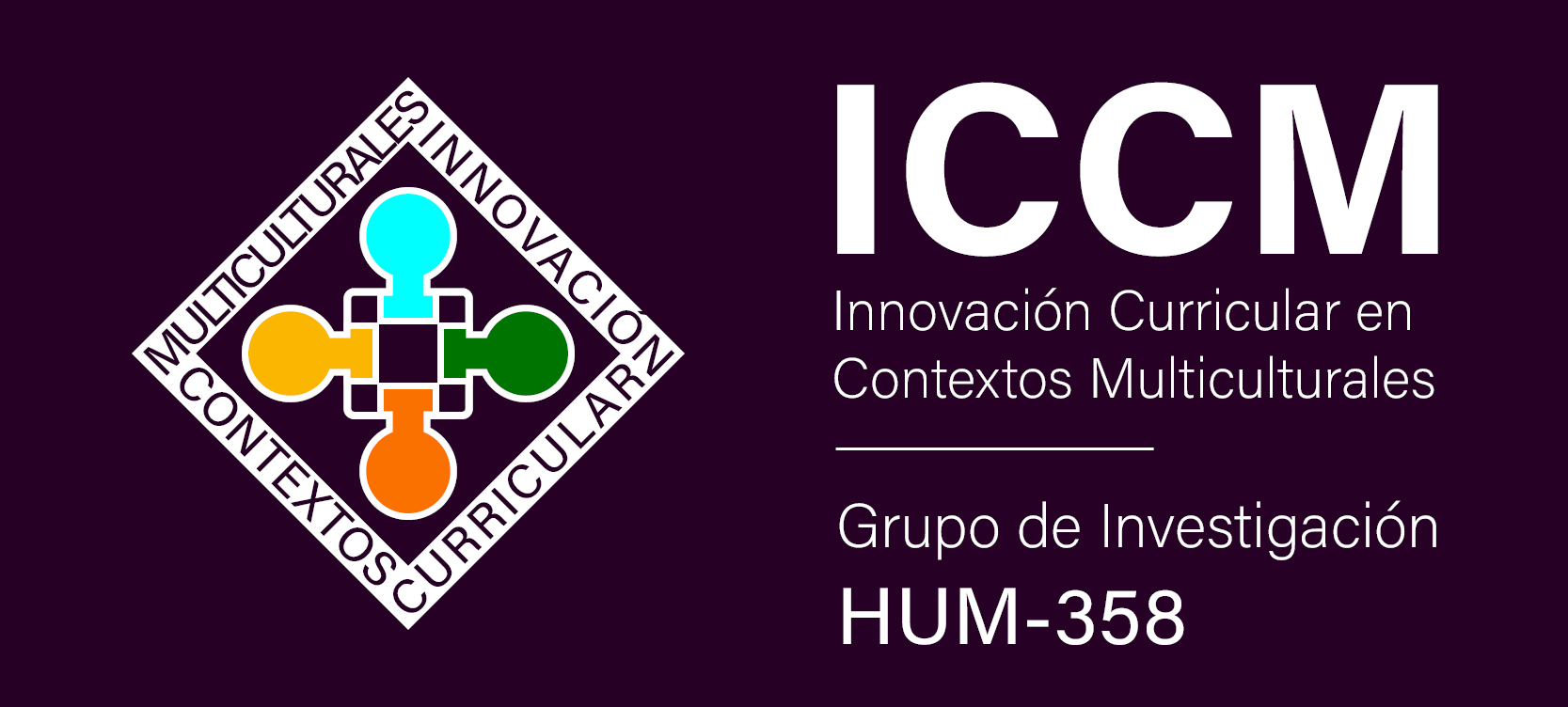COLLABORATIVE DIGITAL NARRATIVES FOR THE CREATION OF INTERCULTURAL ENCOUNTERS IN A PUBLIC SCHOOL IN MONTEVIDEO
DOI:
https://doi.org/10.30827/modulema.v5i0.17992Keywords:
Childhood, Migration, NarrativesAbstract
This article addresses the issue of access to education and the conditions of permanence of children in a situation of international mobility, racialized, precarious or in a state of socioeconomic vulnerability. An action-research methodology was used that sought to recover the senses and voices of children about their mobility and reception processes in a public school in the city of Montevideo. For this, a working device was developed with techno-digital mediators that led to the production of collaborative narratives. The analysis is organized based on two axes, one linked to the use of a virtual moodle space in the classroom and the other one is related to collaboration processes and the production of digital narratives.The final reflections refer to the use of technologies that favor the integration of migrant students with their local classmates, giving meaning and collectively elaborating the processes of human mobility. At the same time, it is proposed to transcend the instrumental technological use, seeking to build creative proposals and at the service of accompanying the experiences of migrant children.
Downloads
References
Administración Nacional de Educación Pública (ANEP). (2019). Monitor Educativo de Enseñanza Primaria, Informe Estado de Situación. https://www.anep.edu.uy/monitor/servlet/informes
Badiou, A. (1994). La Ética. Ensayo sobre la conciencia del Mal (trad. de Raúl Cerdeiras, Alejandro Cerletti y Nilda Prados), Acontecimiento, IV(8) (número especial).
Bruner, J. (1986) Actual minds, possible worlds. Harvard University Press.
Bruner, J. S. (1997). La educación, puerta de la cultura. Visor.
Clandestino Research Project (2009): Pathways Into Irregularity: The Social Construction of Irregular Migration, HWWI. European Commission. https://knowledge4policy.ec.europa.eu/dataset/ds00039_en
Cole, M. (1996). Cultural psychology: A once and future discipline. Harvard University Press.
Cole, M., Newman, D., y Griffin, P. (1989). The construction zone: Working for cognitive change in school. University Press.
Cole, M. y The Distributed Literacy Consortium (2006). The Fifth Dimension. Russell Sage Foundation.
Crook, Ch. (1998). Ordenadores y aprendizaje colaborativo. Ministerio de Educación y Cultura y Ediciones Morata.
Da Silva Ramos, M., Rivero Vidal, E., Chiarino Durante, N., y Pereyra Elordi, L. (2019). Aprendizaje colaborativo mediado por TIC en una escuela pública con niñez migrante de Montevideo. +E: Revista De Extensión Universitaria, 9(11), 130-150. https://doi.org/10.14409/extension.v9i11.Jul-Dic.8718
Da Silva Ramos, M. (2019). Plan Ceibal, colaboración y TIC: Aproximación a la implementación de una propuesta situada en Uruguay. Revista Iberoamericana De Psicología, 11(3),49-60. https://doi.org/10.33881/2027-1786.rip.11304
Düvell, F. (2010) Irregular Migration: A global, Historical and Economic Perspective In Vertovec, S. (ed.), Migration, Abingdon (pp- 289-310). Routledge
Engeström, Y. (2011). From design experiments to formative interventions. Theory & Psychology, 21(5), 598–628. https://doi.org/10.1177/0959354311419252
Organización para la Cooperación y el Desarrollo Económico. (2018). Presentación Directora Gabriela Ramos. https://www.pressreader.com/spain/lavanguardia/20180320/282067687467541
Organización Internacional para las Migraciones. (2020). Informe Migratorio Sudamericano N° 3. Tendencias Migratorias en América del Sur. https://robuenosaires.iom.int/sites/default/files/Informes/Tendencias_Migratorias_en_America_del_Sur_Marzo.pdf
Plan Ceibal (2020). Plan Ceibal. https://www.ceibal.edu.uy/es
Rivoir, A., Landinelli, J. (2018). Gobierno abierto y participación en políticas públicas mediada por tecnologías digitales: análisis de un caso en Uruguay. Democracia Digital e Governo Electrónico, 1(17). 60-81. http://buscalegis.ufsc.br/revistas/index.php/observatoriodoegov/article/view/286
UNESCO (2017). Competencias interculturales. Marco conceptual y operativo. http://www.unicolmayor.edu.co/portal/recursos_user/Internacionalizacion/UNESCO_CompetenciasInterculturales.pdf
Walsh, C. (2009). Interculturalidad crítica y educación intercultural. En Seminario Interculturalidad y Educación Intercultural. Instituto Internacional de Integración del Convenio Andrés Bello, La Paz, Bolivia.
Williams, P. (1991) The Alchemy of Race and Rights. Cambridge: Harvard University Press.
Yamamoto, E. (1999) Interracial Justice: Conflict and Reconciliation in Post-civil Rights America. New York University Press.



















